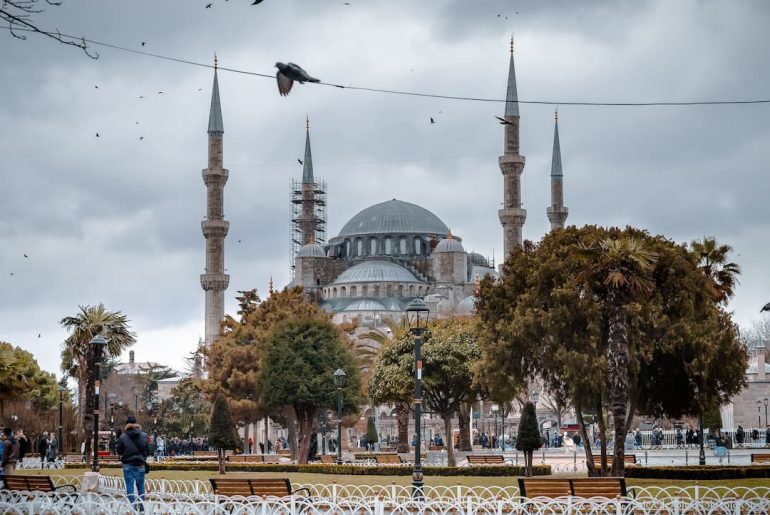Ottoman architecture emerged during the 14th to 17th centuries, having a lasting impact on Islamic art and architecture. Inspired by Byzantine, Seljuk, and Persian styles, Ottoman architects combined traditional Islamic motifs with innovative designs. They created grand structures like mosques, palaces, and public buildings characterized by domes, minarets, geometric patterns, calligraphy, and ceramic tiles. The fusion of different architectural traditions resulted in a distinct Ottoman style that harmoniously blended diverse influences. Succeeding sultans further contributed to this architectural tradition, reflecting imperial ambitions and showcasing the synthesis of cultures.
What are the key features of Ottoman architecture?

Ottoman architecture, prominent during the Ottoman Empire from the 14th to early 20th century, is characterized by its grand and lavish style. It incorporates intricate geometric motifs in tiling, carvings, and domes, reflecting Islamic influence. Domes are a key feature, symbolizing power and spirituality, with the Hagia Sophia in Istanbul being the most iconic example.
Beautiful gardens and water features enhance the integration of indoor and outdoor spaces, showcased by charming courtyards. Calligraphy is also significant, with inscriptions often quoting the Quran or praising Allah and Muhammad. Showcases the empire’s wealth and cultural advancement and blends elements from various civilizations into a unique and awe-inspiring style.
How did Ottoman architecture influence other architectural styles?

Ottoman architecture fused Byzantine, Persian, and Islamic styles to create a unique aesthetic. It featured grand mosques, palaces, and public buildings with domes, tilework, and minarets. This innovative approach influenced Europe and Asia during the Renaissance and Baroque periods. Notable examples include St. Basil’s Cathedral and the Taj Mahal. Ottoman architects introduced concepts like central planning and courtyards that influenced global architecture—overall, they played a pivotal role in shaping architectural styles worldwide through diverse influences and pioneering design techniques.
What are some famous Ottoman architectural masterpieces?
The Hagia Sophia in Istanbul and the Topkapi Palace are two remarkable architectural masterpieces of the Ottoman Empire. The Hagia Sophia started as a Byzantine cathedral before becoming a mosque, boasting a blend of Byzantine and Islamic architecture with its impressive dome, detailed mosaics, and grand design.
The Topkapi Palace served as the sultans’ residence for almost four centuries, showcasing beautiful courtyards, exquisite pavilions, and lavish chambers adorned with golden calligraphy and valuable relics. The Süleymaniye Mosque, designed by Mimar Sinan, is renowned for its elegant domes and minarets. At the same time, the Selimiye Mosque in Edirne stands out for its impressive height and architectural perfection achieved through precise geometric proportions. These stunning structures symbolize Ottoman power and artistic brilliance and continue to captivate visitors from around the world.
Conclusion
The conclusion of Ottoman architectural development marked a shift in design principles and values. Influenced by Byzantine, Persian, and Islamic styles, the Ottomans created their distinctive style with grandeur and innovation. Examples include the Hagia Sophia and Topkapi Palace, showcasing mastery of engineering techniques and incorporation of nature. However, creativity declined with the empire’s decline, and Western influences took over. Nonetheless, Ottoman architecture remains captivating for its historical and cultural significance.






